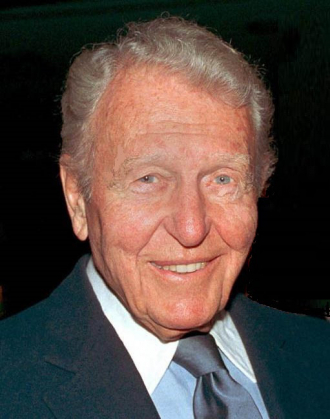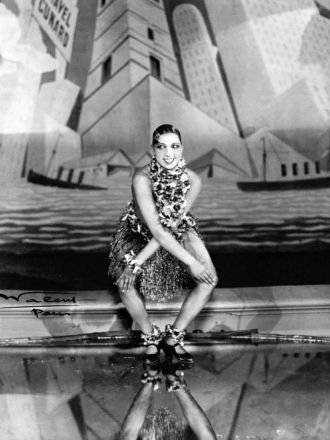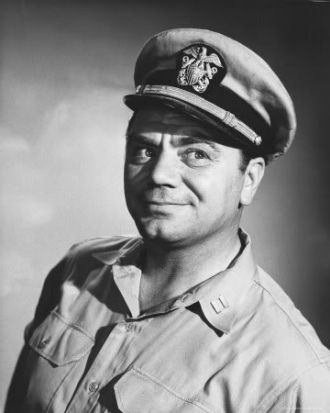Ralph Bellamy
Television, Theater, and Movie Star.
Date & Place:
Not specified or unknown.


 Amanda S. Stevenson
Amanda S. Stevenson 





